O COBIT 2019 is one of the most globally recognized frameworks for IT governance and management. Its Process Reference Framework (PRF) is organized into domains that cover different aspects of the technology lifecycle within organizations, such as APO,
Among these domains, the BAI (Build, Acquire and Implement) stands out for bringing together 11 essential processes that guide companies in the construction, acquisition and implementation of technological solutions in a safe, efficient manner and aligned with business goals.
This set of practices is essential to ensure that IT projects, digital assets and organizational changes are conducted with quality, reducing risks and maximizing results.
Process Reference Framework in COBIT 2019
| 01 | Managed Programs |
| 02 | Definition of managed requirements |
| 03 | Identification and construction of managed solutions |
| 04 | Managed availability and capacity |
| 05 | Managed organizational change |
| 06 | Managed IT Changes |
| 07 | Managed change acceptance and transition |
| 08 | Managed Knowledge |
| 09 | Managed Assets |
| 10 | managed configuration |
| 11 | Managed Projects |
COBIT 2019 BAI Process Details
BAI01: Managed Programs
- Manage all investment portfolio programs in alignment with business strategy and in a coordinated manner, based on a standard program management approach. Initiate, plan, control, run programs and monitor program expected value.
- Realize desired business value and reduce the risk of unexpected delays, costs and value erosion. To do so, improve communications and engagement with business owners and end users, ensure the value and quality of program deliverables, track projects within programs, and maximize contribution to the investment portfolio.
BAI02: Defining Managed Requirements
- Identify solutions and analyze requirements prior to acquisition or build to ensure they align with the company's strategic requirements spanning business processes, applications, information/data, infrastructure and services. Coordinate the review of viable options with affected stakeholders, including relative costs and benefits, risk analysis, approval of requirements and proposed solutions.
- Create optimal solutions that meet business needs while minimizing risk.
BAI03: Identification and Construction of Managed Solutions
- Establish and maintain identified products and services (technology, business processes and workflows) in agreement with corporate requirements covering design, development, purchasing/sourcing and supplier partnerships. Manage configuration, test preparation, testing, requirements management and maintenance of business processes, applications, information/data, infrastructure and services.
- Ensure agile and scalable delivery of digital products and services. Establish timely and cost-effective solutions (technology, business processes and workflows) capable of supporting corporate strategic and operational objectives.
BAI04: Managed Availability and Capacity
Balance current and future availability, performance and capacity needs with cost-effective service delivery. Include assessment of current resources, forecasting future needs based on business requirements, analyzing business impacts, and assessing risks to plan and implement actions to meet identified requirements. Maintain service availability, efficiently manage resources, and optimize system performance by anticipating future performance and capacity requirements.
BAI05: Managed Organizational Change
- Maximize the likelihood of successfully implementing sustainable organizational change across the enterprise quickly and with reduced risk. Cover the complete change lifecycle and all affected business and IT stakeholders.
- Prepare and engage stakeholders for business change and reduce the risk of failure.
BAI06: Managed IT Changes
- Manage all changes in a controlled manner, including standard changes and emergency maintenance related to business processes, applications and infrastructure. This includes change standards and procedures, impact assessment, prioritization and authorization, emergency changes, tracking, reporting, closure and documentation.
- Enabling fast and reliable delivery of changes to the business. Mitigate the risk of negatively impacting the stability or integrity of the altered environment.
BAI07: Acceptance and Transition of Managed Changes
- Accepting and formally making new solutions operational, including implementation planning, systems and data conversion, acceptance testing, communication, release preparation, promoting production of new or changed business processes and IT services, early production support and review post implementation.
- Implement solutions safely and in line with agreed expectations and results.
BAI08: Managed Knowledge
- Maintain the availability of relevant, current, validated and reliable knowledge and management information to support all process activities and facilitate decision-making related to enterprise IT governance and management. Plan for identification, collection, organization, maintenance, use and retirement of knowledge.
- Provide the knowledge and information needed to support the entire team in the governance and management of enterprise R&T and enable informed decision-making.
BAI09: Managed Assets
- Manage IT assets throughout their lifecycle to ensure their use delivers value at an optimal cost, so they remain operational (fit for purpose) and are physically accounted for and protected. Ensure assets that are critical to supporting serviceability are reliable and available. Manage software licenses to ensure the optimal number is acquired, retained and deployed in relation to required business use, and installed software complies with license agreements.
- Account for all IT assets and optimize the value provided by their usage.
BAI10: Managed Configuration
- Define and maintain descriptions and relationships between key resources needed to provide I&T-enabled services. These include collecting configuration information, establishing baselines, verifying and auditing configuration information, and updating the configuration repository.
- Provide sufficient information about the service's assets to allow the service to be managed effectively. Assess the impact of changes and handle service incidents.
BAI11: Managed Projects
- Manage all projects initiated within the company in alignment with the business strategy and in a coordinated manner based on the standard project management approach. Start, plan, control and execute projects and close with a post-implementation review.
- Achieve defined project outcomes and reduce the risk of unexpected delays, costs and value erosion by improving communications and engagement with businesses and end users. Ensure the value and quality of project products and maximize their contribution to defined programs and investment portfolio.
Why apply COBIT 2019 BAI?
The adoption of BAI domain is strategic for companies that want to:
-
Ensure alignment between IT and business, avoiding misalignment of priorities.
-
Reduce risks in changes and projects, preventing critical failures.
-
Optimize costs and IT resources, increasing operational efficiency.
-
Increase the reliability of digital services, promoting safe and sustainable innovation.
Furthermore, applying BAI helps organizations integrate IT asset management, organizational changes, and strategic projects, consolidating IT as a true engine of growth.
How 4MATT can support your company
THE 4MATT assists organizations in implementing COBIT 2019, helping transform IT into an engine of innovation, security, and strategic value. We are a reference in CMDB, consulting IT Governance and partners of the ServiceNow, our team assists companies in adopting frameworks such as COBIT 2019, ensuring that BAI domain processes are implemented efficiently, reducing risks and maximizing value.
If your organization is looking to strengthen its digital governance, we also recommend exploring:
–What is CMDB and how to apply it to your company
-How to implement ITAM strategically
-The benefits of ServiceNow for your company
Contact with 4MATT and discover how to transform your IT into a factor of innovation and competitive advantage.
Text Translated and Adapted by 4MATT Technology from the original Process Symphony: Build, Acquire and Implement (COBIT 2019)











